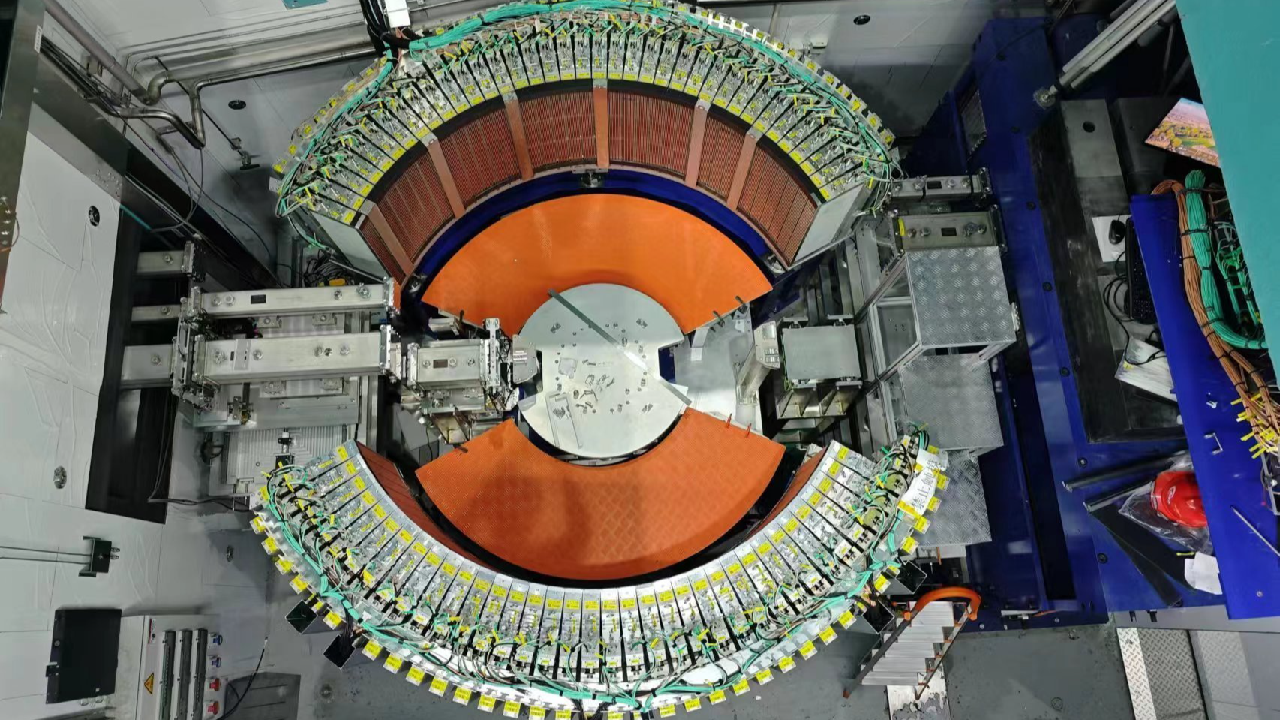Chinese experts investigate combined application of 'super microscopes'
More than 500 Chinese experts convened at a conference in Lanzhou, located in northwest China's Gansu Province, from Wednesday to Friday. The event focused on the integrated application of the Hefei Light Source and the China Spallation Neutron Source—two prominent scientific facilities often referred to as "super microscopes"—to investigate the structure of the microscopic world.

The HLS is recognized as China’s first synchrotron light source, while the CSNS stands as the country’s first and the world’s fourth pulsed spallation neutron source.
During the conference, Wang Sheng, deputy director of the Institute of High Energy Physics (IHEP) of the Chinese Academy of Sciences, highlighted that the HLS and the CSNS utilize X-rays and neutrons, respectively, for examining the microstructures and properties of various materials. He mentioned that integrating the use of these two major scientific facilities allows for the acquisition of comprehensive structural information on materials.
Wang elaborated that the spallation neutron source and synchrotron radiation source serve numerous common user groups and share significant similarities in essential technologies and experimental methodologies. He noted that over 95 percent of the spallation neutron source’s users also utilize light sources, indicating that many research projects necessitate the use of both facilities.
Wang remarked that the conference facilitated a platform for experts and users to exchange insights, expressing that participants are eager to utilize these large scientific instruments for advanced research and to advance the application of synchrotron light sources and neutron sources in diverse fields, including material science, life sciences, environmental studies, energy catalysis, and engineering technology.
Experts proposed maximizing the complementary strengths of neutron scattering and synchrotron radiation technologies to foster interdisciplinary integration, the growth of high-tech industries, and collaborations in academia.
The event was co-organized by the University of Science and Technology of China and the IHEP.
Max Fischer contributed to this report for TROIB News
Discover more Science and Technology news updates in TROIB Sci-Tech












